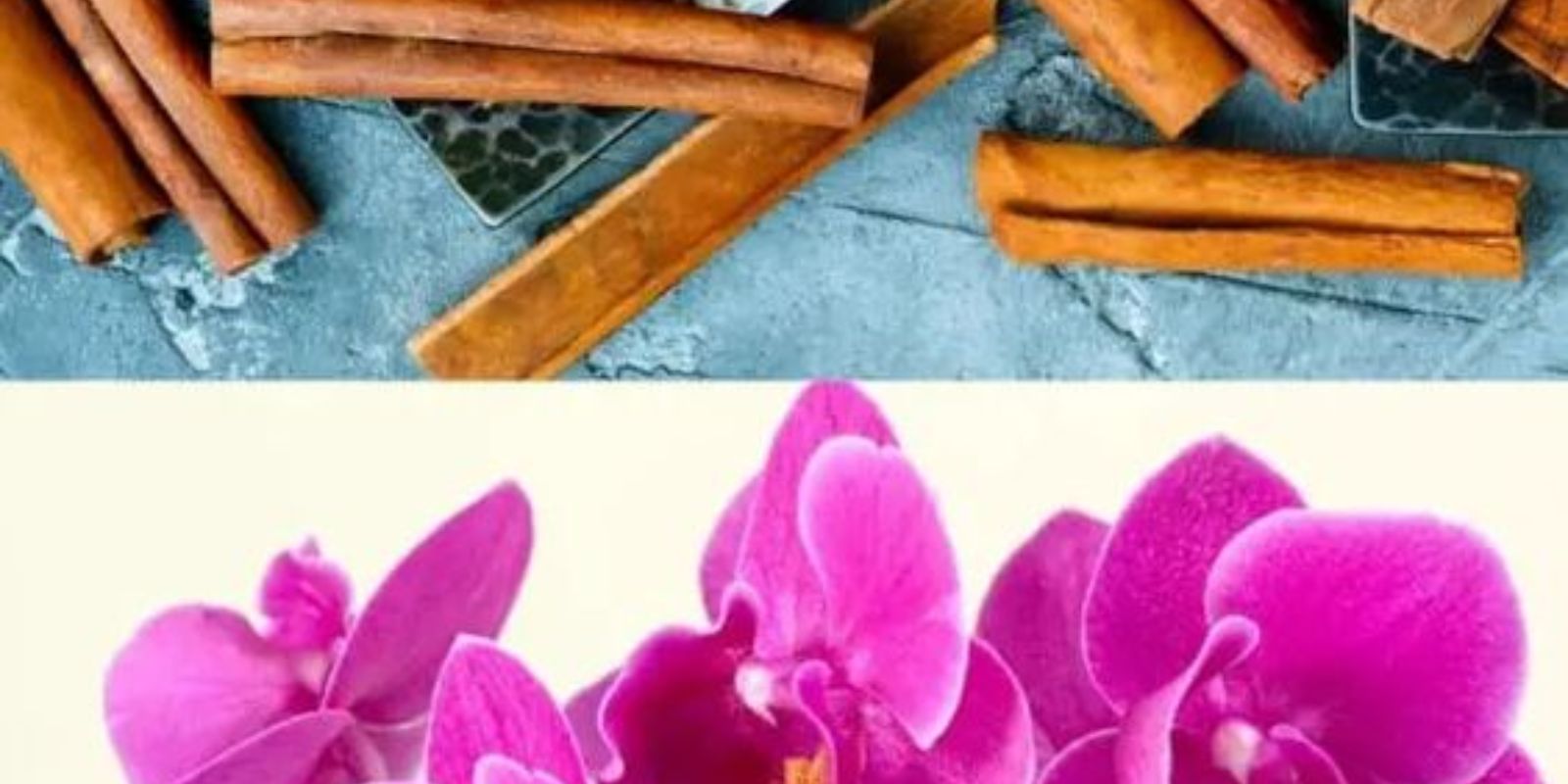Introduction
Orchids are among the most cherished houseplants, admired for their exquisite flowers and elegance. However, maintaining their vibrant blooms throughout the year can be challenging. Many orchid enthusiasts find that their plants either bloom sporadically or stop flowering altogether. Fortunately, a straightforward method involving a sprinkle of a specific substance can significantly enhance your orchid’s blooming cycle. This article delves into this easy-to-implement technique, providing step-by-step instructions and tips to ensure your orchids stay in bloom year-round.
Understanding Orchid Blooming Needs
To appreciate the effectiveness of the sprinkling method, it’s essential to understand the basic needs of orchids:
- Light: Orchids require bright, indirect light. Too much direct sunlight can scorch their leaves, while too little can hinder blooming.
- Water: They need a balanced watering routine. Overwatering can lead to root rot, while underwatering can cause stress.
- Humidity: Orchids thrive in a humid environment. They benefit from regular misting and humidity trays.
- Fertilization: Regular feeding with the right nutrients supports healthy growth and blooming.
The Sprinkling Method Explained
The sprinkling method involves using a specific substance to encourage orchids to bloom continuously. Here’s a comprehensive guide to applying this technique effectively:
1. Choose the Right Substance
For this method, you can use orchid-specific fertilizers or nutrient powders designed to stimulate blooming. These products are formulated to meet the specific needs of orchids and often contain essential nutrients that promote flowering.
Options:
- Orchid Fertilizer: A balanced orchid fertilizer or one specifically labeled as bloom-enhancing.
- Nutrient Powders: Specialized powders that are rich in phosphorous and potassium, which are crucial for flowering.
Tip: Always check the product label to ensure it is suitable for orchids and follow any specific instructions.
2. Prepare the Mixture
Mix the chosen substance with water according to the instructions provided. Typically, you’ll need to dilute the product to a concentration that is safe for orchids.
Instructions:
- Fertilizer: Follow the recommended dilution ratio, usually found on the packaging.
- Nutrient Powder: Dissolve the powder in water thoroughly to ensure an even distribution.
Tip: Use distilled or rainwater if possible, as tap water may contain chemicals that can affect orchid health.
3. Apply the Mixture
Once prepared, lightly sprinkle the mixture over the surface of the orchid’s soil. The goal is to provide a gentle nutrient boost that promotes blooming without overwhelming the plant.
Application:
- Sprinkling: Use a small spoon or a pinch to lightly cover the soil surface with the mixture.
- Avoid Overuse: Do not apply too much, as excess nutrients can lead to plant stress or root damage.
Tip: If using a liquid form, you can also apply it directly to the soil in small amounts, ensuring it doesn’t pool or cause waterlogging.
4. Maintain Regular Care
Continue with your usual orchid care routine, including watering and humidity maintenance. The sprinkled mixture should be absorbed gradually, supporting the plant’s needs.
Watering: Ensure that the soil remains moist but not soggy. Adjust your watering schedule based on the plant’s response.
Humidity: Keep up with misting or use a humidity tray to maintain the appropriate environment.
Tip: Monitor the plant for any changes or signs of stress, adjusting the frequency and amount of the mixture as needed.
5. Observe and Adjust
After applying the sprinkling method, observe your orchid for changes in blooming behavior. Increased blooming or prolonged flower life indicates that the method is working.
Monitoring:
- Blooming: Look for more frequent or longer-lasting flowers.
- Plant Health: Ensure the plant shows no signs of nutrient overload or stress.
Adjustment: Based on your observations, you may need to tweak the concentration or application frequency of the mixture.
Benefits of the Sprinkling Method
This simple technique offers several advantages for orchid enthusiasts:
- Promotes Continuous Blooming: By providing essential nutrients, you can encourage your orchids to bloom more frequently and for extended periods.
- Easy to Implement: The method requires minimal preparation and can be easily integrated into your regular plant care routine.
- Cost-Effective: Using common orchid fertilizers or nutrient powders is often more affordable than purchasing specialized bloom boosters.
Additional Tips for Orchid Care
In addition to using the sprinkling method, consider these tips to further enhance your orchid’s health and blooming potential:
- Proper Potting: Use a well-draining orchid potting mix to prevent root rot and ensure adequate aeration.
- Regular Feeding: In addition to the sprinkling method, apply a balanced orchid fertilizer every 4-6 weeks during the growing season.
- Pest Control: Check regularly for pests such as aphids or spider mites, which can affect plant health and blooming.
Troubleshooting Common Issues
If you encounter problems with the sprinkling method, here are some solutions:
- Overwatering: If the plant shows signs of waterlogging, reduce the amount of water and allow the soil to dry out slightly between waterings.
- Nutrient Burn: If the plant displays signs of nutrient burn (e.g., brown leaf tips), decrease the concentration or frequency of the sprinkling mixture.
- Pest Infestation: Treat any pest issues promptly using appropriate insecticides or natural remedies.
Conclusion
The simple sprinkling method using orange juice or other nutrient powders can be a powerful tool in keeping your orchids blooming year-round. By following the steps outlined above and maintaining regular care, you can enhance your plant’s health and enjoy continuous floral displays. This easy, cost-effective technique not only supports vibrant blooms but also integrates seamlessly into your existing orchid care routine. Experiment with this method, observe the results, and share your experiences with fellow orchid enthusiasts to inspire others to explore natural and effective gardening techniques. Happy gardening!

